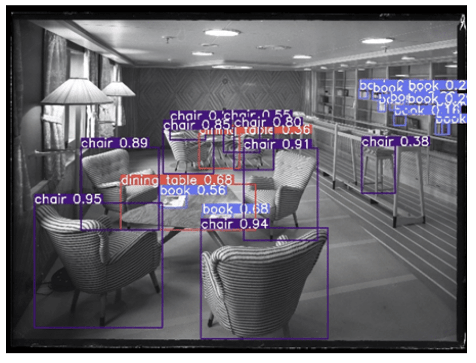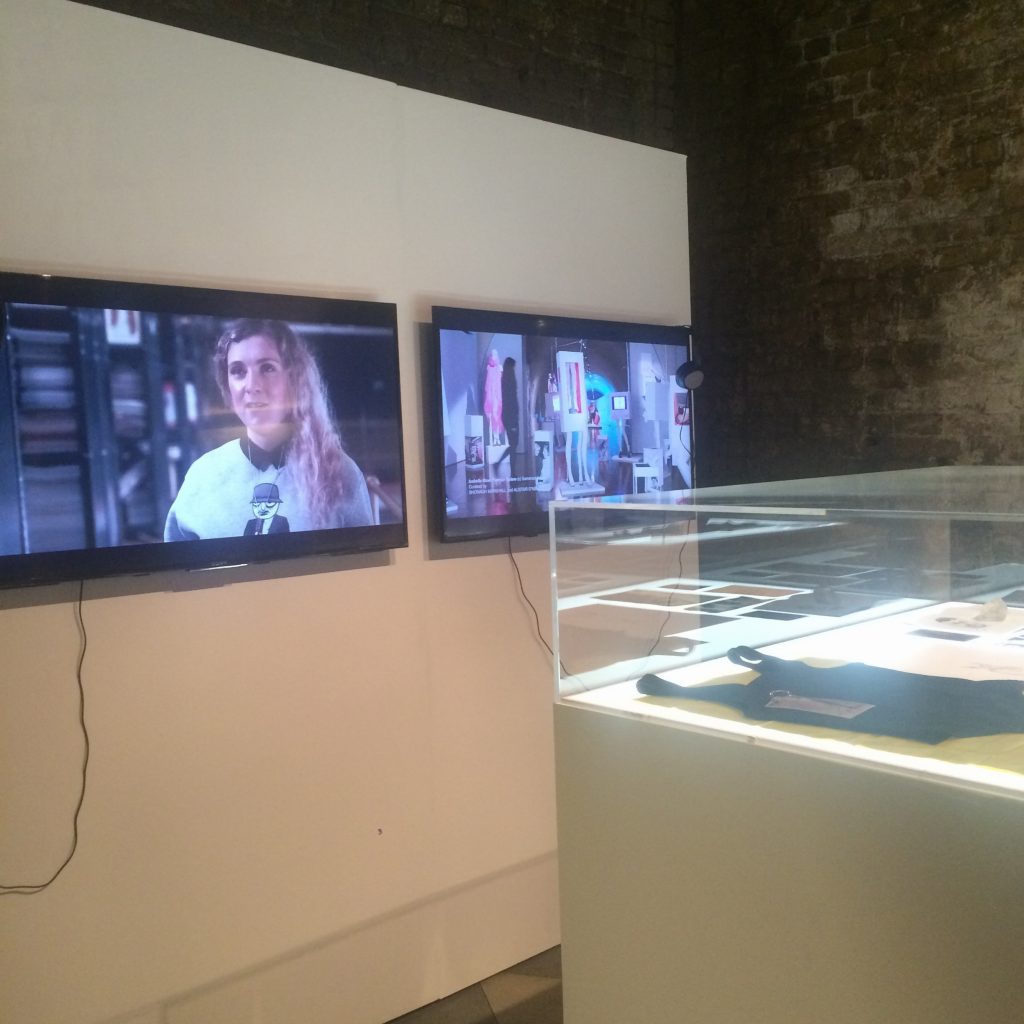MA Curating Collections and Heritage student Emily Warwick tells us about her current placement at the Mass Observation archive at the Keep in Brighton.
As part of my Professional Placements in Collections and Heritage module on the MA Curating Collections and Heritage, in semester two I was given the opportunity to volunteer for 150 hours. As I was applying to roles, I knew that a placement in archives was a pathway I was eager to pursue and gain valuable experience in. As a result, I was fortunate to secure a placement within The Mass Observation team, based at The Keep Archives in Falmer.
My role within this professional placement has varied quite a lot and as a result has provided me me first-hand experience of what it is like to work within an archive which is so focused on the benefits of community engagement. The Mass Observation programme was founded in 1937 by Tom Harrison, Charles Madge and Humphrey Jennings with the idea of recording and preserving the lives and thoughts of ordinary, everyday people across Britain. The original work continued until the early 1950s, until the project was revived in 1981. Today, there is a contemporary writing panel which is made up of writers from across the UK who answer questions presented to them in the form of seasonal directives. Questions range quite substantially, and written directives have included themes such as Currency (Summer 1981), You & The NHS (Spring 1997), Travelling (Spring 2000) and Climate change (Summer 2011).
Alongside the directives, the 12th May project allows anyone from around the UK to submit a day diary of everything they did in the morning to when they went to bed at night on this day. As a part of the project this year I attended an open day at Downs Jr School in Hove organised by ‘Take Shelter’, an organisation that have restored the WWII air raid shelter on the school’s grounds, and open it to the public, including as part of the Brighton Fringe festival. The Mass Observation team and I handed out diary pages to members of the public to fill in and send back to the archive, writing everything they got up to at the air raid shelter. It was really interesting to see what people were excited to write about as many people were surprised that their narratives would be included within a public archive. In preparation for the event I gathered examples from within the collection and this ranged from school groups, community groups as well as entries from prisons. In recent weeks, I have been able to catalogue some of this material as well as new entries which have been received via both post and email to the archive. Moreover, as part of the 12th May diary event I ran my own diary workshop with my Girlguiding Brownie pack which I regularly volunteer with. At the event we decorated our own sticker diaries as well as writing about everything we did on 12th May. We made the diaries as colourful as we could, with some girls opting to do theirs in the form of drawing and colouring alongside some writing.
As a part of this placement, I have also had the chance to transcribe some of the Covid 19 collection from 2020. These stories provide an emotive insight into the thoughts and feelings of people nationally during the difficult lockdown period. As a major event, the opinions of writers vary quite a lot as some people had entirely different experiences to others. Ultimately, transcribing and digitising these collections allows more people to read the directives without necessarily needing to visit the physical archive, which is much more accessible for many people, and this is why it is such important work to do.
Overall, I would highly recommend the placement module to anyone wishing to pursue a career in archives and museums as the experience I have gained is invaluable. The team at Mass Observation have been so welcoming and supportive throughout my time with them. They have really opened my eyes to the significance of community engagement within archives and the importance of using the materials we have to facilitate learning. I know that the experience this opportunity has given me will aid me in my career going forward.











